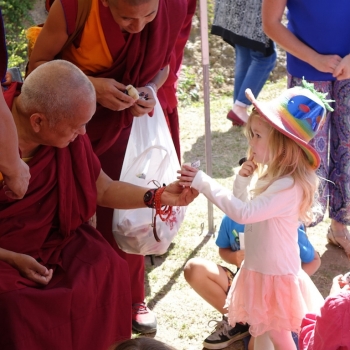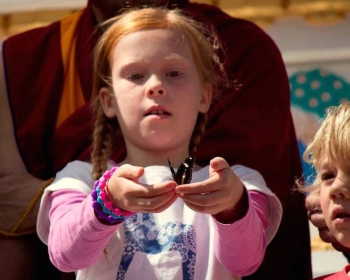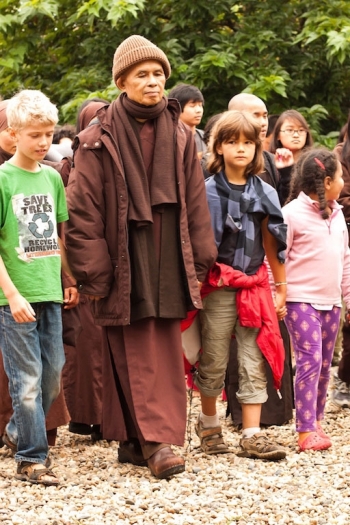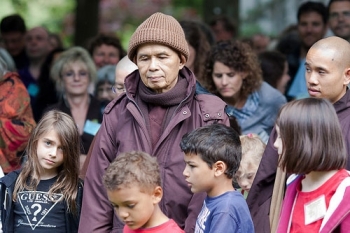There is a problem communicating the relevance and essence of Buddhism to young people, a conclusion that can be inferred from a summary of the China Religion Survey 2015. Conducted over two years by the National Survey Research Center (NSRC) of Renmin University of China, the survey (which has not yet been released in full) covered 31 regions in the country and included interviews at 4,382 religious sites.
The total number of people surveyed is not revealed (nor is the total number of respondents above the age of 60), but the summary did report that over half of respondents considering themselves religious were below 60. However, while Buddhism scored well among respondents aged above 60 (54.6 per cent), 22 per cent of respondents aged 29 and below considered themselves Catholic and 22.4 per cent, Muslim.
If a 2007 survey from East China Normal University is to be believed, religious faith in China is actually gaining ground among the young. In that survey, 62 per cent between the ages of 16 to 39 considered themselves religious. In contrast, the survey reported only 9.6 of respondents over 55 to be religious. Therefore the NSRC’s more recent findings, incomplete as they are, seem to indicate that Buddhism is most popular with a shrinking demographic rather than the growing segment of young faithful.
While Buddhist leaders would be unwise to trap themselves in a statistics game in which the number of formally affiliated practitioners matters more than genuine interest in the teachings, demographic reality should not be ignored. Alarm bells have been ringing at the lack of interest in the Dharma not only in China, but also in Thailand, Japan, and other countries with traditionally significant Buddhist populations. To many young seekers, Buddhism doesn’t project the same vibrant, attractive image as some evangelical Christian churches, which welcome their congregations with community events, songful worship, and rock concerts. While there is apt concern about aging monastic demographics in Asia, the dwindling constituent of young laypeople is just as urgent, if not more so.
Nevertheless, there have been recent reports, including one in the Global Times newspaper, which suggest that Tibetan Buddhism is growing in popularity among China’s young people. Some reasons given were the exoticism of Tibetan culture, psychological comfort, a greater variety of practices than Chinese Buddhism, and the allure of reaching enlightenment faster. However, numbers for this emerging group are extremely difficult to find and corroborate.
In the West, any interest in Buddhism on the part of young people is driven by concerns about its relevance to their lives. Yet this pragmatism doesn’t lack idealism: teenagers say they might turn to Buddhism if it could help them deal with stress or empower them to make a positive impact. Buddhism would also interest them if it could help them understand the meaning of life and make sense of a confusing and complex world, with meditation and a correlation with science being points of interest as well. There are also American Buddhists raising their children in the Buddhist teachings, although formal Buddhist schools are few and far between. Exploring how Buddhist practices can be adapted for young people can therefore be viewed as a global concern.
One approach has been to remove or play down the liturgical aspect so that the chanting, the sutras and doctrines, and the dense textual material do not intimidate, and to promote “non-religious” aspects such as social justice and meditation. However, this approach only kicks the can down the road, so to speak. Liturgy in any form—Theravada, Mahayana, or Vajrayana—is the expression of living faith that communicates the doctrinal belief-system of any Buddhist school. A helpful question to ask is whether liturgy and doctrine can be brought back in a manner that is sensitive to an individual’s preferences and background.



















